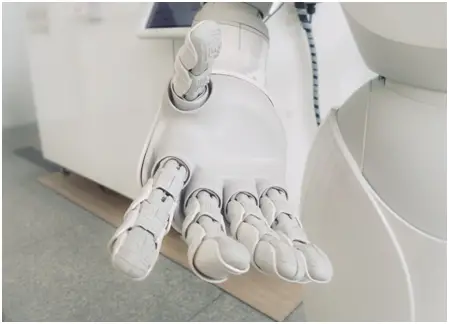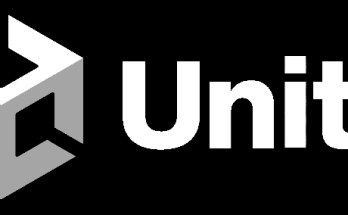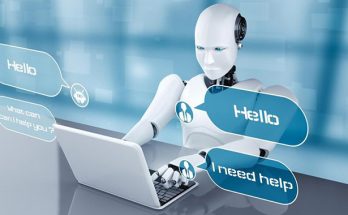Technology has altered the way we communicate and deal with almost every task. It has also changed the workforce organization. The speed of many processes increased, and rapid automatization occurs. Starting from transferring many tasks to machines and up to advanced security technologies, the modern labor market has changed significantly. The main ways of how technologies affect our work are presented below.
The Rise of Freelance
This is one of the most noticeable changes in the labor market in recent years. The Internet and advanced computer technologies have made freelance a desirable choice for many people. There is no longer a need to be physically present in the office. Nowadays almost a third of all US employees are freelancers. It is also estimated that by the year 2027, the majority of employees will be part of this market share.
Freelance presupposes a more flexible schedule and the ability to work from almost any part of the world. Many college attendants earn their living as freelancers or request help from professionals at writing companies like EssayPro. This type of employment leads to short project-based contracts between a professional and the employer. It is widely popular among students and people that are interested in a part-time job, as it is quite easy to start.
Dehumanization of Workforce
There are reasons why not all technological innovations are treated with joy by employees. From the beginning, all of them were used to put more control over personnel. Starting from time cards punched on factories, and up to modern electronic pass entrances, the aim remains the same.
Dehumanization led to workers’ names being reduced to numbers and codes. Nowadays, each office has surveillance cameras or tracking software on computers. All these things were introduced to increase the productivity and safety of the workplace. Yet, they have also caused the feeling of always being watched and controlled.
Faster Communication
Another sphere influences greatly by the technologies is the way we communicate now. It has become much easier and faster. Through chats, social networks, and video conferences, people can speak directly to each other at any time. The results are a globalized economy and workforce.
No one will be surprised now with the possibility of speaking to the head office, who is in the other part of the world. Another primary outcome is outsourcing employers from distant countries. However, there are also some downsides. With such advanced technologies, it is easier to be busy 24/7, which might be not good for one's health and well-being.
Project Organization
The amount of project management software is immense. Each of these programs is designed for particular needs. They are efficient for almost any type of entity, whether it specializes in the field of education of airplane engineering.
This type of software helps in organizing projects, tracking tasks, and assigning them to professionals. It is advantageous and keeps everything in place. Now it is easy to view what task was assigned to a person, when it was seen and when it should be delivered.
Career Choices
This tendency is nothing new; machines are taking over the majority of jobs such as factory farming ones, assembly lines, etc. As technology becomes more advanced, it is ready to take over more advanced positions. Many of the existing workplaces will be taken over pretty soon. The examples may be positions of taxi drivers, cashiers, ticket sellers, and many others.
Eventually, it leads to a change in labor market dynamics. People will choose other fields where robots can not replace them.
Conclusion
The labor market is currently in the transitioning period. It has been highly automatized in many ways, yet there are many more innovations to come. Software programs do the majority of maintenance tasks. In the future, AI might take over many other ones. This will leave us with no other choice than becoming even more creative.




